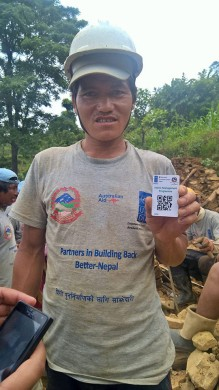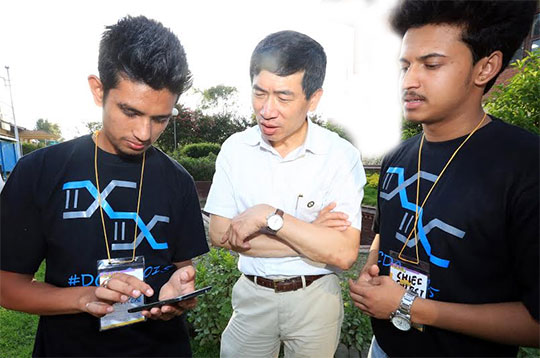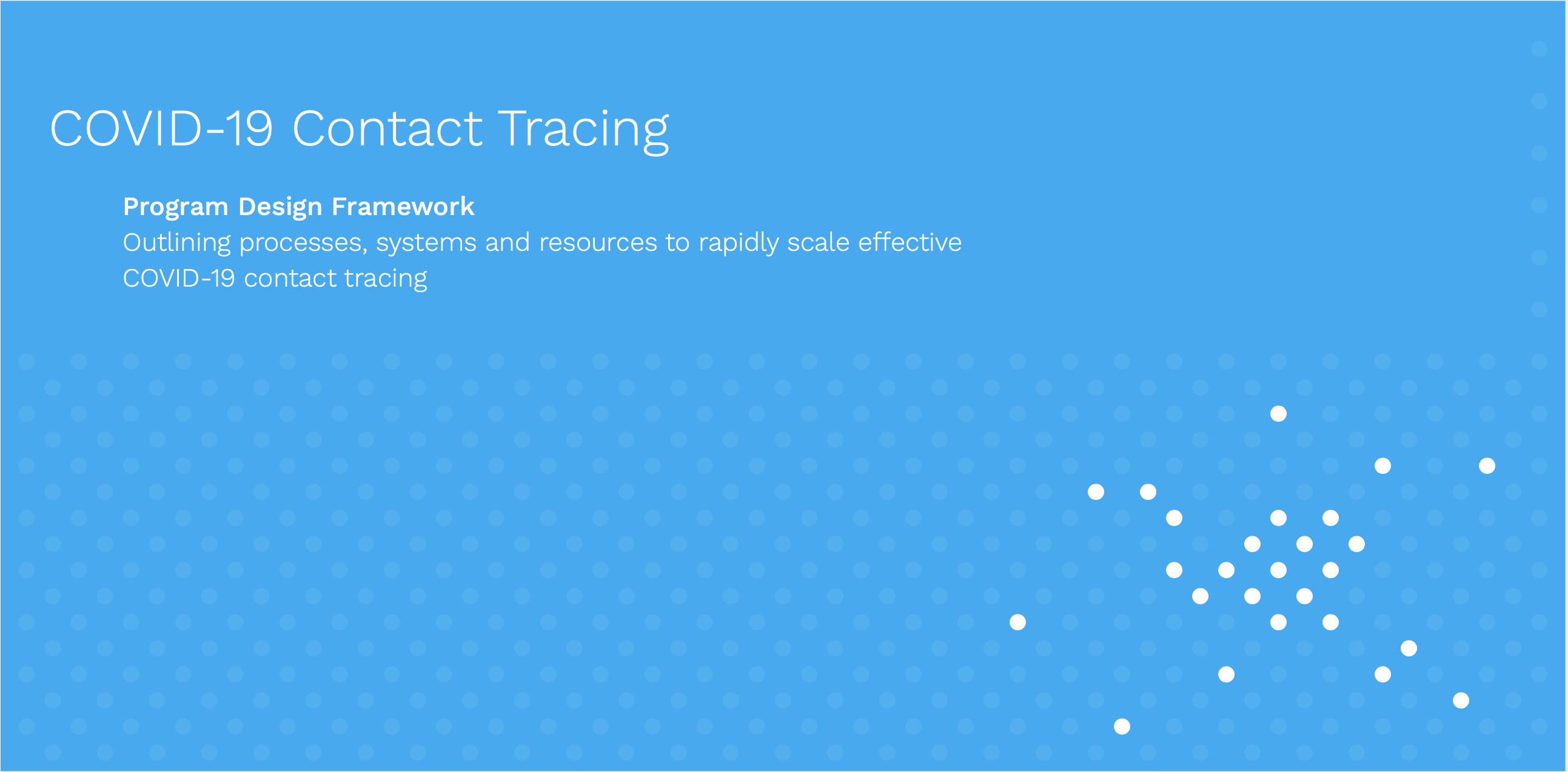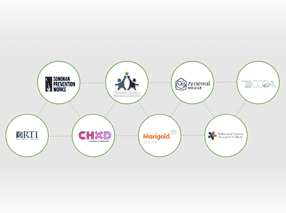April 2015, the devastating earthquake in Nepal, still remains a vivid memory. The chaos, the panic, the urgency to act had hit businesses, NGOs, and government regardless of their size, location and interests. Everyone had one motive: to help! Speaking from personal experience, witnessing how Microsoft Innovation Center Nepal collaborated with UNDP, an INGO in their ‘Disaster Response’ (1) by creating a mobile app was quite impressive.
 This app saved substantial time with paperwork, reached millions of people, gathered large volumes of data and maintained transparency, quite contradictory to the traditional way of collecting data about the victims. Eventually, these records were turned over to help reunite families or for long-term case studies for future relief programs. Thanks to advances in connected cloud technologies and the collaborative efforts, scale, speed, and efficiency was at its peak.
This app saved substantial time with paperwork, reached millions of people, gathered large volumes of data and maintained transparency, quite contradictory to the traditional way of collecting data about the victims. Eventually, these records were turned over to help reunite families or for long-term case studies for future relief programs. Thanks to advances in connected cloud technologies and the collaborative efforts, scale, speed, and efficiency was at its peak.
Why was this partnership so effective? What were the success factors that led this effort seeing the light of day and being appreciated? How did partnership of a non-profit sector and tech firm flourish?
Here are a few observations and answers:
- Common purpose: During a crisis such as an earthquake, all parties act in their best capabilities to help. Both parties are well-aware of their actions and that it will affect millions of victims, hence this common purpose to act fast and act smart drives the partnership.
- Sense of urgency: At times of disasters and crisis, everyone is at a panic stage, an urge to contribute, to help in any way possible and to make an impact. This zeal and energy felt by both parties led to them acting in ways to make this project a success within the limited time in the highest quality possible.
- Communication at the top level: Similar to most projects, this project too started from top tiers CEOs and Country Directors speaking to each other. Had their initial discussions taken a different turn this project would not have happened. The initial discussions are quite vital as it sets the tone and mood for the project. If both CEOs are enthusiastic about the project, the chances of the rest of the team feeling the same are higher.
- Sense of commitment: Just the boards and CEOs of companies communicating well is not enough, most of the work is done by a committed workforce. Hence, a committed workforce often enables partnerships to succeed.
These four factors are, however, during a time of crisis: when the 2015 Earthquake had just struck Nepal. What about the stages before the disaster, i.e. preparedness stage and after the disaster i.e. the recovery stage. Hence its worth asking, will these success factors still apply? Are the four lessons mentioned above still applicable, if not, what needs to change? What are the key ingredients to successful disaster management partnership?
During preparedness stage:
The very nature of a disaster occurring is unpredictable and therefore, all the above factors may not be applicable at this stage. Looking at the above four factors, while (2) sense of urgency would be clearly missing during the ‘preparedness’ stage; the other three are still applicable: (1) common purpose, (3) communication at top level, and (4) sense of commitment. In addition to these, one key addition at the ‘preparedness’ phase is: to look at the partnership value.
- Emphasizing what each partners brings to the partnership:
A partnership is most likely to succeed when both parties feel at a win-win situation rather than at a situation of compromise. For example, if a technology firm partners with the government/ INGO to create an application or software, it is worth clearly demonstrating the contributions of each partner in monetary terms of the labour and training costs involved. Moreover, an emphasis on resource/technical know-how that the partners can bring to the table: such as installation services, reiteration capabilities and potential to update, are other potential contributions.

Volunteers testing the Debris Management App developed by MIC Nepal
During recovery/ reconstitution stage:
The main activities conducted during this phase are: ensuring that there are no remaining after-effects of the disaster and that no threats have remained unaddressed. In addition, making sure the victims have a safe-place to live in after the disaster such as an earthquake. Technology can really play a vital role at this stage, it can help track people, it can educate people, store and disseminate information at a massive scale.
Taking a deeper look at how partnerships at this recovery stage can be fostered, in addition to the above four factors, the following factor would complete the picture:
- Partners to complete their key deliverables and measurement of impact:

A demolition underway in the Sindhupalchowk District.
Since this is the final stage of the initiative, this is when key deliverables if any remaining need to be met. Both parties need to glance back at the planned deliverables they hoped to achieve and now compare if it was actually delivered. Partnerships foster when promised action plan and expectations are met and even better if the actions exceed expectations. To show these exceeded expectations, measurement is key.
In summary
Looking back at the Earthquake that struck Nepal, it was commendable to see a large INGO partner with an equally capable technology firm act in a quick and impressive manner, however the pre and post event could have been improved. When a disaster such as an earthquake strikes, the chaotic ambience, the sense of urgency and the role played by the media gets all parties to act fast and smart. However during the pre-and-post stages of the disaster, the sense of urgency is at its lowest and had there been actions taken during the pre-phases, the number of victims could have been minimized. While it is true that photos of victims circulating in the news and in your social media newsfeed cannot be replaced, ironically enough if the pre stage were planned effectively, the actual occurrence of these photos may never appear since victims during the earthquake could have been reduced or alleviated with pre-work.
Giving a little more attention to pre-and-post stages of a disaster management to foster partnerships can really make all the difference. —-
(1) From <https://www.onmsft.com/news/70-windows-phone-helped-aid-disaster-recovery-nepal>
Image Sources: Volunteer image: Link Demolition image: Link Debris app image: Link






